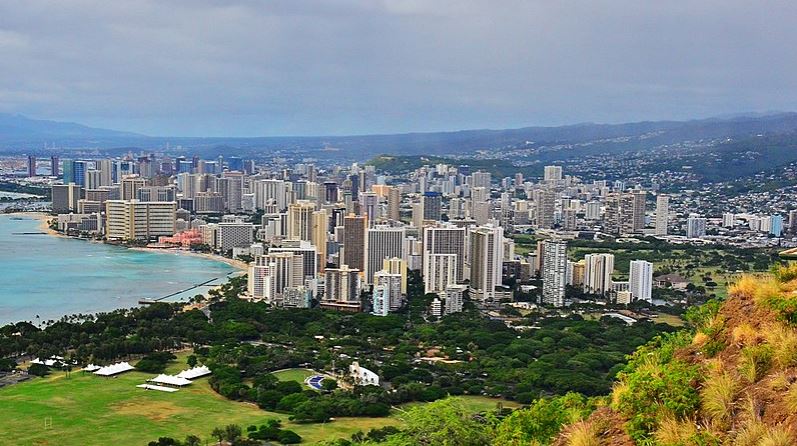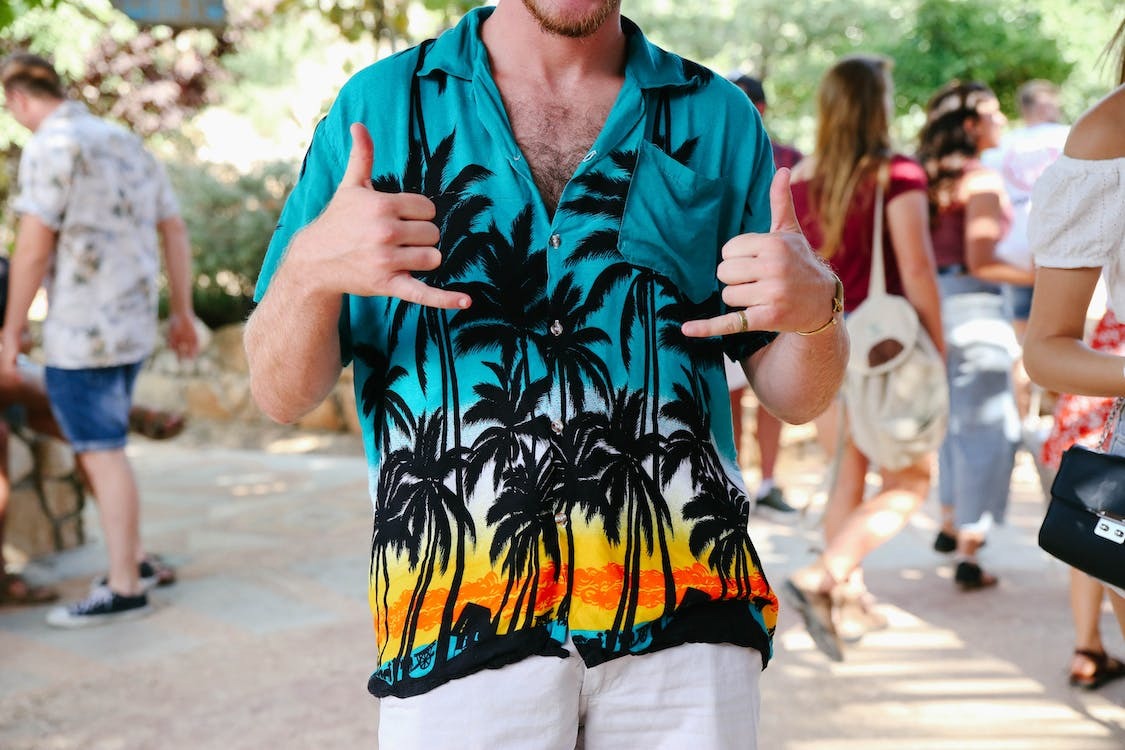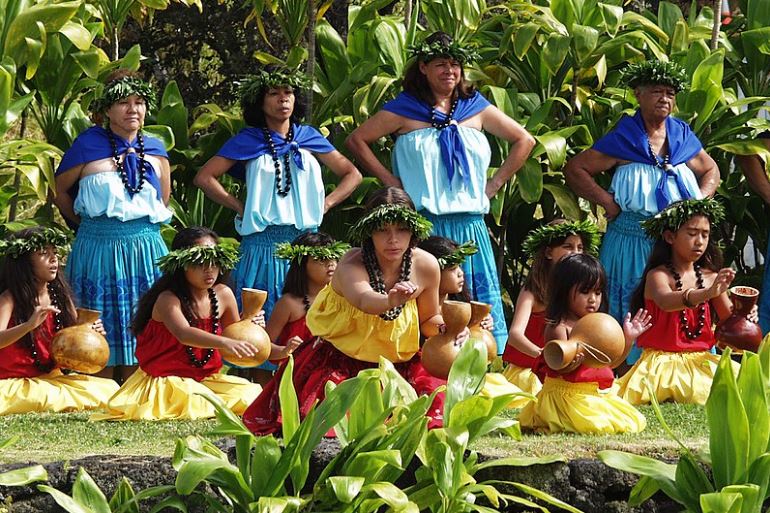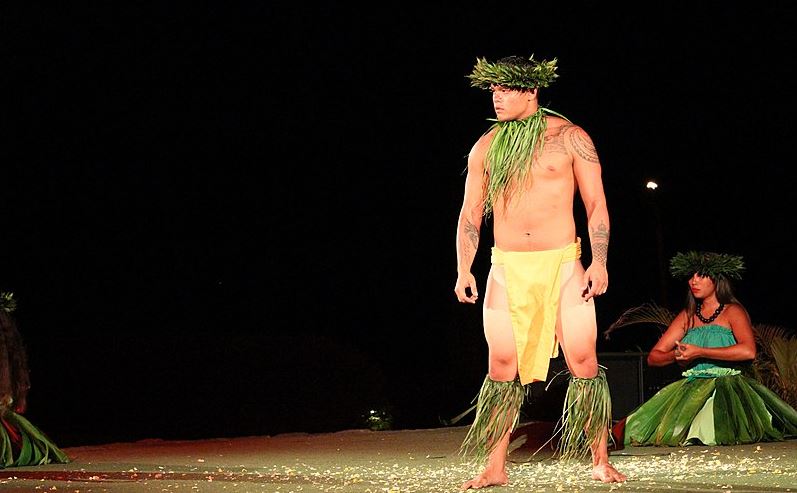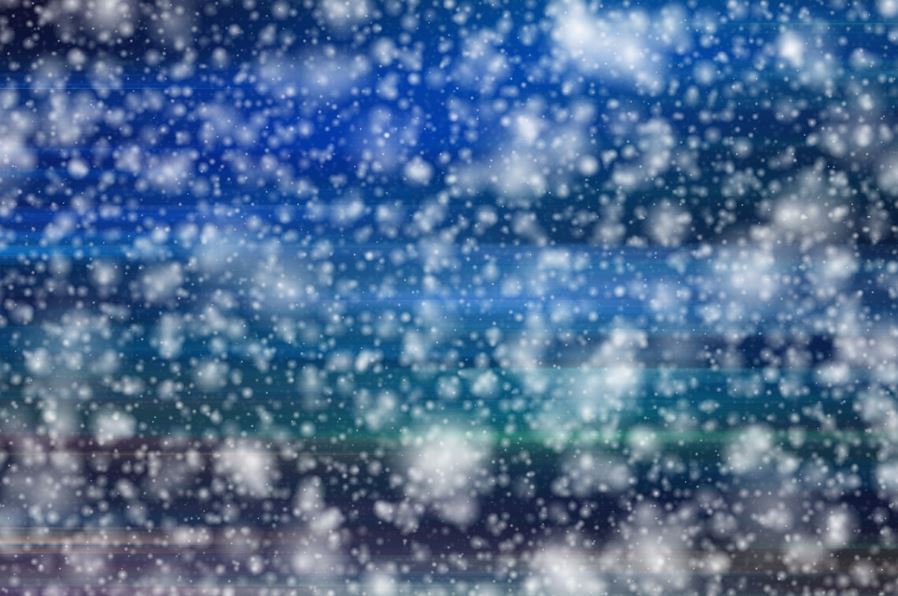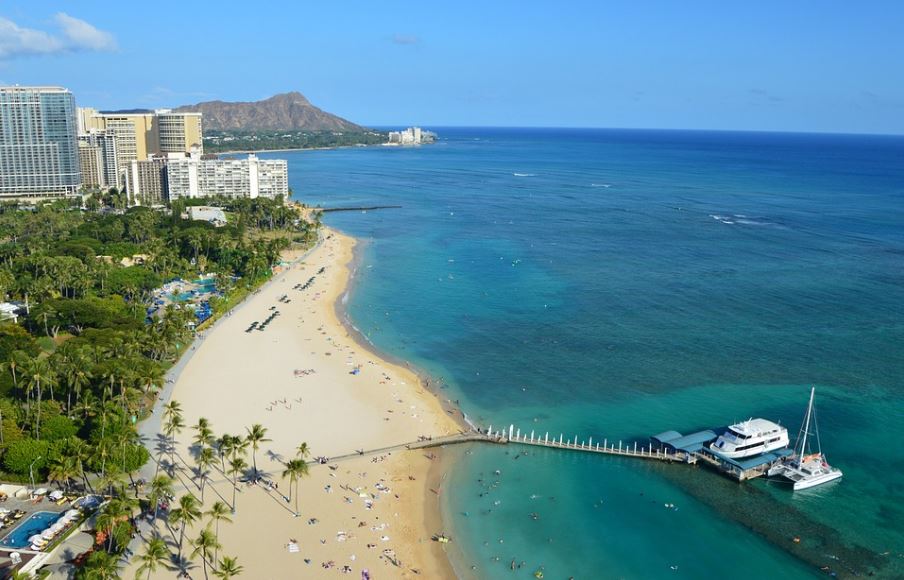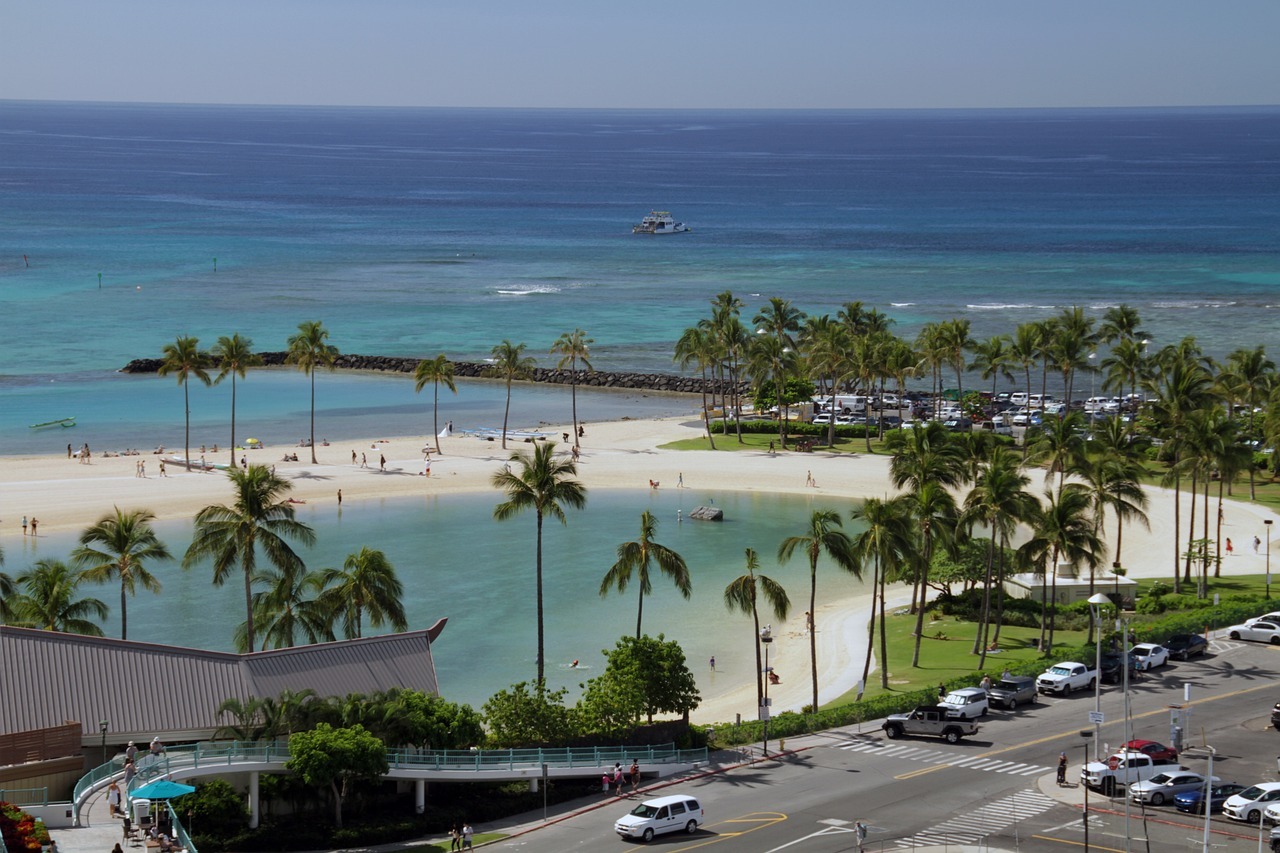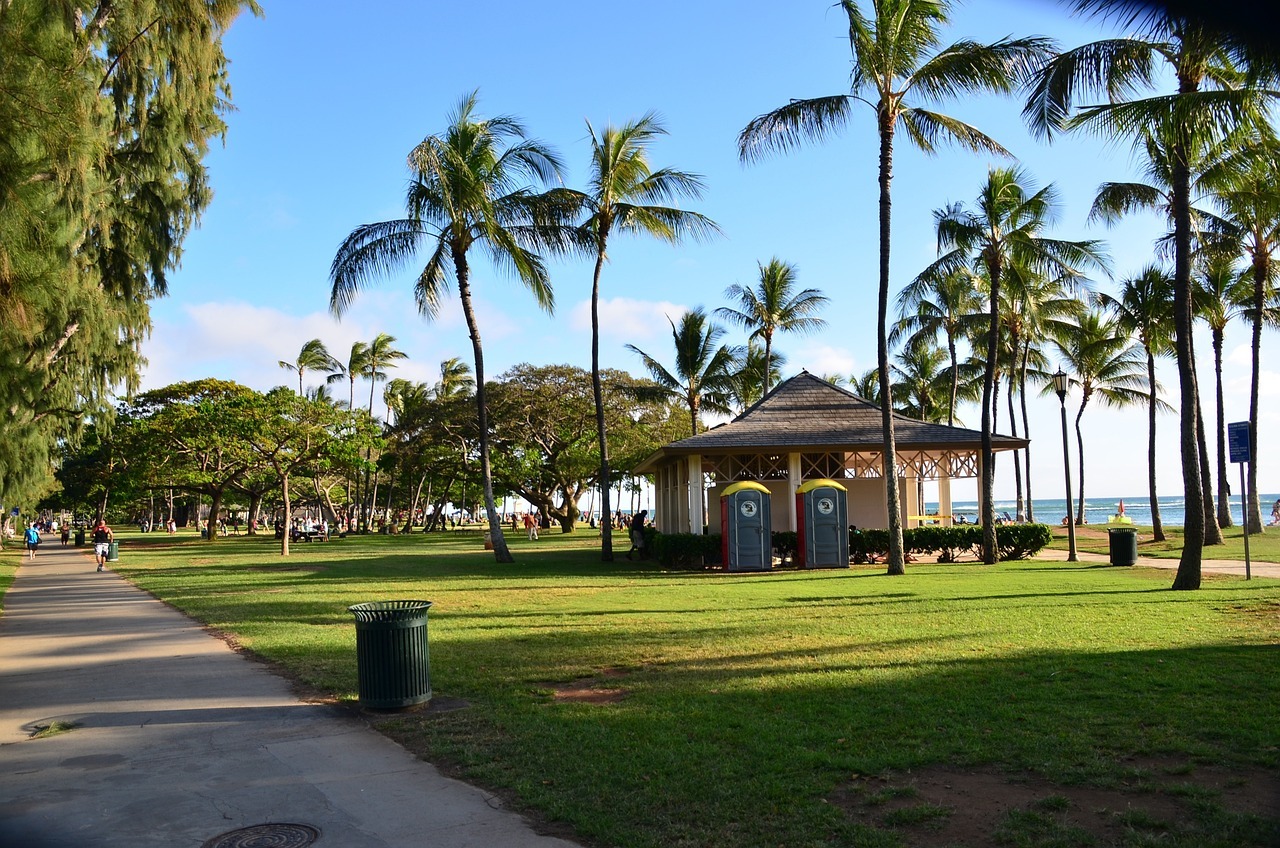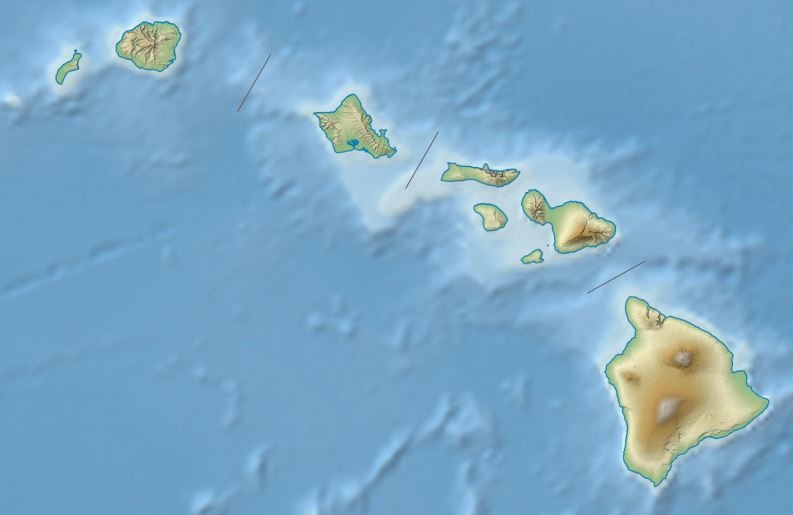Hawaii, the 50th and most recent US state, is an island paradise for many. It is rich in natural scenery – azure waters, lovely beaches, amazing mountains and volcanoes and lush tropical scenery. It is in Hawaii where you can find established traditions and Western modernization co-existing harmoniously. The state is also famous for being a melting pot of cultures.
You may have had some preconceptions about Hawaii, a few of which are true but most of which actually aren’t true. You can also find some other helpful information about holidaying in Hawaii.To know Hawaii a lot better, check out this handy list of the things you should expect before traveling to Hawaii (especially for the first time):
1) Not all locals wear Hawaiian shirts (and they’re not called “Hawaiian shirts”)
Granted, you will see many locals wearing those loud, floral-printed shirts especially at luaus and beach parties. But not all of the people in Hawaii wear those shirts. They may wear them, but not all the time either. And please, they’re not called “Hawaiian shirts.” They’re correctly called “Aloha shirts.”
2) Not all people who live in Hawaii are Hawaiians.
The term “Hawaiian” refers to people who are of Hawaiian descent, but they now comprise about 10% of the total state population.
The more correct term for the the non-native Hawaiians is “Haole,” in the Hawaiian language. The term was originally applied to white people settling in Hawaii but now it refers to any non-native Hawaiian who come from other ethnicities such as Japanese, Chinese and Filipino. If you have trouble remembering or pronouncing the word “Haole,” you can call them merely as a “local” and at least you may gain some respect from doing it.
3) You can say it with “aloha.”
Hawaii has two official languages: English and (what else) Hawaiian. Although you will be able to get by just fine in English, learning some basic Hawaiian words and phrases may endear you to the locals and will help you to understand their culture better. Plus, it will help you to show a sense of goodwill and respect to the locals, who will definitely appreciate your effort.
You can say aloha in greeting (“hello”) and in parting (“goodbye”). Aloha also means “love.” You can also expand your aloha knowledge by greeting the locals during a particular time of the day. Say aloha kakahiaka which means “good morning,” aloha awakea = “good noontime” (just past morning), aloha ‘auinala = “good afternoon” and aloha ahiahi = “good evening.”
A very important reminder on pronouncing aloha ahiahi: ahi means tuna in Hawaiian and you don’t want to end up embarrassing yourself and the locals by saying “tuna tuna.” Pronounce ahiahi instead as “a-hee-yah-hee.”
4) Men can dance the hula too
Blame that on Hollywood movies and the whole Westernization of Hawaii. Most people (especially white Americans) picture the hula dance as consisting of hourglass-shaped women wearing grass skirts and coconut bras, with their hips seductively swaying to the beat of the music. Cut that stereotype – in the true Hawaiian tradition, men and women alike dance the hula.
In fact, many forms of hula dances for males are distinct from females’ dances. During the ancient times, males used to dance the hula as a preparation for a battle. In the males’ hula dances, the movements mimic the local martial art known as “Lua.”
5) Snows in Hawaii? You betcha!
It sounds improbable – snow in the tropical paradise? But yes, it does happen in Hawaii! You can experience snow in Hawaii at the top of Mauna Loa and Mauna Kea during the winter months. You can actually spend a winter wonderland atop a 14,000-foot dormant volcano. Cold winter storms are not unusual at the mountain peaks and some forms of alpine vegetation are present. At the summit of Mauna Kea lies the Mauna Kea Observatories.
Next time, tell your friends that you’ve actually snowboarded in Hawaii and they will think you’re spinning some fantastic story – until you show them some pictures and videos.
6) When is really the best time to visit Hawaii?
Although Hawaii is an all-year-round tourist destination, the peak tourist season actually starts in early December up until the end of March or the middle of April. Most tourists come from the US mainland, and they usually come to Hawaii particularly during school holidays (summer and Christmas breaks, for example), so expect the worst scenarios: horrible traffic, significant increase in hotel prices and overcrowded hiking trails.
So if you’re looking for a cheaper (and more peaceful) Hawaiian vacation, off-peak tourist seasons are the best time to go there, where prices generally become lower and accommodations even offer fantastic bargains. Besides, you will enjoy the best of the Hawaiian scenery without experiencing too much crowds. Off-peak tourist seasons usually occur during late spring (middle of April to early June) and fall (September to early or mid-December).
The weather is also an important factor: it can make or break your Hawaiian holiday. The state has only two seasons: wet and dry. But Hawaii is one of the wettest places in the world, so expect rains even during the dry seasons. However, there are also other areas that are dry as a bone. You can always check the local and national weather bureau for the weather forecast to help you in making the best decisions regarding the place and time of your intended stay in Hawaii.
If you happen to travel there during the wet season, it is best to stay in the leeward side of the islands so you can have better chances of enjoying a perfectly dry Hawaiian vacation.
6) What to bring (and what to skip) for your Hawaiian trip?
Just like planning for a trip to other tourist destinations, planning for a Hawaiian trip involves a lot of decision-making, including what items to bring there and what items to skip. Resist the urge to pack too much: aside from the heavy load and inconvenience in carrying over-packed luggage, it will also force you to pay extra for the luggage fees. So travel light as possible
Just bring the essentials:
– Clothing (swimsuit, T-shirts, tank tops, sneakers, hiking shoes, sandals, light blazer for the chilly nights, a hat, pajamas, socks and underwear)
– Certain toiletries (such as toothpaste and toothbrush, hand sanitizer, deodorant, a comb and/or brush)
– Medicines
– Outdoor items (towel, sunshades, UV sunscreen, backpack)
– Important documents
– Miscellaneous items (water tumbler, extra cash and a bag for souvenirs)
Forget bringing the following:
– Inappropriate clothing (such as heavy jackets, sweaters, high heels and boots)
– Certain toiletries, such as soaps and shampoos. Chances are, the hotel you’ll be staying will provide such items. Plus, you can also buy them from groceries or convenience stores.
– Some outdoor gear such as beach balls, surf boards and scuba diving equipment (unless you’re a scuba diving pro)
– Your laptop (unless you’re in a business holiday) or a really expensive tech gadget.
7) Where to stay in Hawaii?
Hawaii is one of the world’s top tourist destinations, so you can expect a variety of accommodations that will suit to everyone’s taste and budget. You can stay in a resort in Maui, Kauai and on the Big Island. Or rent a condo (and expect to play an extra cleaning fee). Or stay in bed and breakfast accommodations. Or just check your AirBnb account for the best hotel deals. If you’re traveling on a budget, it is best to stay in backpacker homes or hostels, or try to go “couchsurfing” (but don’t do this if you’re a female traveling alone, unless the host is trustworthy).
8) Would you choose organized tours or travel on your own in Hawaii?
It depends on your budget and your preference. Both have their own appeal, as well as their own pros and cons. Hawaii, as a popular tourist destination, has no shortage of guided tours that are usually geared towards the masses. There are many advantages that you can enjoy for choosing guided tours: they are organized, they are convenient and they have fixed fees. Plus you gather a lot of insider information from your tour guides and get to meet other folks.
If organized tours are not your thing, you can go on a self-guided tour. With such a beautiful and adventurous destination as Hawaii, it is highly possible to do a journey there on your own. You experience freedom in exploring places that you have never thought of going, you get out of your comfort zone, you get to choose your own route and meet different kinds of people along the way. Plus, it’s also cheaper.
Read the article “Interesting Facts about Hawaii” to know more about this truly unique US state.
